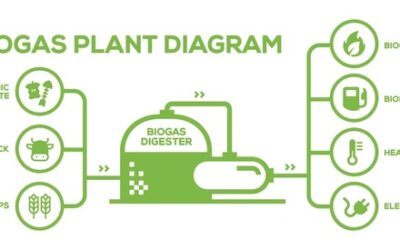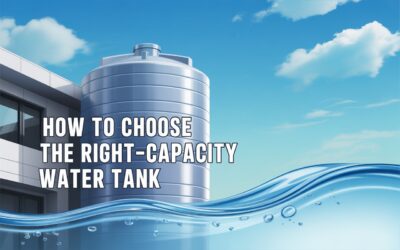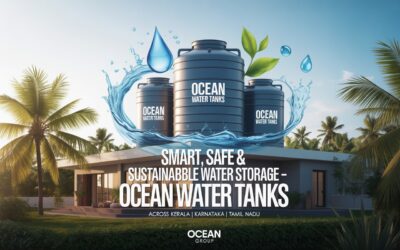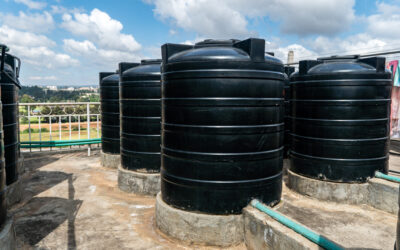Blog
News & Updates
Plastic tanks are the perfect choice for water storage, offering durability, affordability, and safety. Made from high-quality, food-grade plastic, these tanks ensure hygienic water storage for homes, industries, and agricultural needs.
At Ocean Group, we manufacture premium plastic tanks that are UV-resistant, corrosion-free, and designed to withstand extreme weather conditions. Our tanks come in various sizes to suit different requirements, providing long-lasting performance.
Choosing plastic tanks over traditional materials ensures lightweight handling, easy installation, and minimal maintenance. Whether for domestic, commercial, or industrial use, our plastic tanks provide an efficient and cost-effective solution for water storage.
Upgrade to high-quality plastic tanks from Ocean Group today and experience superior durability and efficiency.
Biogas Tanks: What You Need to Know Before Installing on a Farm or Estate
With rising energy costs and growing environmental concerns, farms and estates across India are turning to biogas technology as a clean and sustainable energy solution. Biogas systems convert organic waste—such as animal manure, crop residues, and kitchen waste—into...
How to Choose the Right Size High-Capacity Water Tank for Your Building
When planning water storage for your home, apartment complex, or commercial building, one of the most crucial decisions is choosing the right High Capacity Water Tank. An appropriately sized tank ensures you have enough water during shortages while preventing...
Smart, Safe, and Sustainable Water Storage with Ocean Water Tanks in Kerala, Karnataka & Tamil Nadu
Understanding the South Indian Water Challenge Water scarcity and contamination have become common issues across Kerala, Karnataka, and Tamil Nadu.While some regions face extreme shortages during summer, others struggle with water contamination during the monsoon...
Why Choosing a Food-Grade Virgin Plastic Water Tank Matters — Insights from The Ocean Group
When it comes to storing water for your home, office, or commercial use, the quality of the tank you choose is as important as the water itself. In Kerala’s humid and tropical climate, water storage systems must withstand extreme conditions — from intense sunlight to...
Privacy Policy-App
PRIVACY POLICYWe believe trust is built on a foundation of strong privacy protectionsSoftland India Limited (“the Developer”) has developed the mobile applicationOCEAN SAATHI (hereinafter referred to as the “App”), which shall be referenced assuch throughout this...
Ocean Bond – ISI-Certified PVC Solvent Cement for Strong, Leak-Proof Joints
When it comes to durable, reliable, and leak-proof pipe connections, Ocean Bond is the trusted solution for plumbing, construction, and industrial projects. This ISI-certified PVC solvent cement is engineered for strong bonding, fast setting, and smooth...
Safe Water for Decades: What Makes a Water Tank Ideal for Healthy Storage?
Water is life — but the safety of that water depends on where it’s stored. A good water tank doesn’t just hold water; it protects it from sunlight, bacteria, and time itself. At The Ocean Group, we’ve learned that a truly ideal water tank is one you can...
Best Overhead Water Storage Tank for Homes and Businesses
When it comes to ensuring a safe and reliable water supply, choosing the best overhead water storage tank is crucial. In India, where weather conditions range from intense heat to heavy monsoons, a durable and hygienic tank is not just a convenience but a necessity....
Best Water Tank in India: A Complete Buyer’s Guide for 2025
When it comes to choosing the best water tank in India, durability, hygiene, and capacity are the most important factors to consider. With the increasing demand for reliable and long-lasting water storage solutions, Ocean Group (Ocean Polymer Technologies Pvt. Ltd.)...






